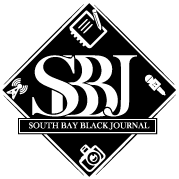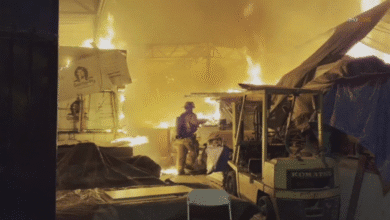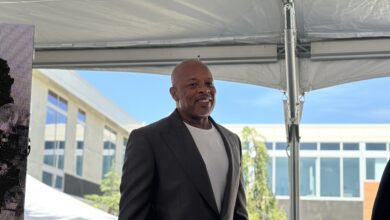What’s needed for a carbon-free transportation sector in California? – Daily News

In California, the transportation of goods is a major economic driver, with the vast majority of vehicles relying on petroleum-based gasoline and diesel.
Keeping in mind that vehicles represent the largest source of greenhouse gas emissions in the state, and that the California Air Resources Board has approved a rule to fully transition heavy-duty trucks and buses to clean energy by 2045, panelists at a sustainability summit on Friday, Sept. 22, discussed what it would take to move toward a carbon-free transportation sector.
“Transportation is the engine not only of the global economy but also of the L.A. regional economy, and so it’s really important that we are addressing it in this kind of systematic way,” said Mary Nichols of the Emmett Institute on Climate Change and the Environment at the UCLA School of Law.
Nichols led a panel that was part of the Los Angeles Business Council’s Sustainability Summit at USC.
California Air Resources Board member Hector De La Torre, a panelist, said the push for a zero-emission transportation sector is critical because people living along freeways and other high-trafficked corridors are impacted daily by air pollution.
Diesel accounts for more than 70% of the cancer-related effects of air pollution in Southern California, De La Torre said.
“If we are not doing something about that, we are damning a whole lot of people to cancer and potentially death,” he said.
Carlo Bertani, with the giant shipping and logistics company Maersk, spoke of his company’s investment in battery electric trucks.
The challenge, he said, isn’t so much in acquiring the vehicles, but in having enough charging stations around to charge them. He suggested identifying where the heavy freight corridors are and working with utility companies to locate charging stations.
Bertani said regulatory agencies, nonprofits and private companies like his all need to work together if they wish to see the transition to greener technology happen more quickly.
“At the end of the day, it’s all about decarbonization of the transportation sector and how can we achieve that most rapidly,” he said. “In my opinion, that is … even working with our competitors who oftentimes we don’t get along with and don’t even like to have conversations with. But I think you’re going to start seeing that more and more.”
The reason, Bertani said, is that decarbonization in the transportation sector is expensive. He predicted that will force competing companies to collaborate to bring solutions to scale.
Gene Seroka, executive director of the Port of Los Angeles, said there ought to be a statewide strategy for dealing with infrastructure.
“Why not just overlay where all the diesel stations are today that truckers go to to fill up, and start putting … fueling and charging (stations) right there? Easier said than done, but it’s a pretty decent map by which to start,” Seroka said.
Chanel Parson, director of building and transportation electrification for Southern California Edison, said a core component to reaching net-zero greenhouse gas emissions by 2045 is electrification.
An analysis by SoCal Edison calls for 90% electrification of light- and medium-duty vehicles, 80% electrification of buses and 50% electrification of heavy-duty vehicles, along with a 95% electrification goal for buildings to achieve the state’s decarbonization goals.
“The numbers are pretty huge and staggering and when you think about 2045, it’s not that far away,” Parson said. “What utilities need to do is, we need to deploy grid infrastructure at an unprecedented scale in an unprecedented timeline.”
The final panelist during Friday’s discussion urged all those listening not to forget about the communities that are actually impacted by all the air pollution.
Veronica Padilla, executive director of Pacoima Beautiful, a nonprofit in the East San Fernando Valley that advocates for environmental justice, said it’s often poor communities that bear the brunt of negative environmental impacts.
“I really would hope that we can have everybody at the table, not separately,” said Padilla, who also serves on the South Coast Air Quality Management District board.
“I really think we need community members, we need labor, we need the ports (of L.A. and Long Beach). We need the regulators at the table so we can really come up with something fast — and good for everybody,” she said.
Seroka, of the Port of L.A., noted that there are about 260,000 residents in the Harbor Area and hundreds of thousands more along key transportation corridors leading to and from the ports. He said the Ports of L.A. and Long Beach have made progress in reducing pollution but acknowledged there is more work to be done, including with others in the logistics industry.
More than 200,000 companies import or export through the Port of L.A. annually, he noted. In addition, about 9,000 service companies in the Southern California region transport cargo, including about 1,200 trucking firms.
“Imagine how much we can get done if nearly a quarter million different businesses are rowing in the same direction,” he said. “That’s job No. 1.”




